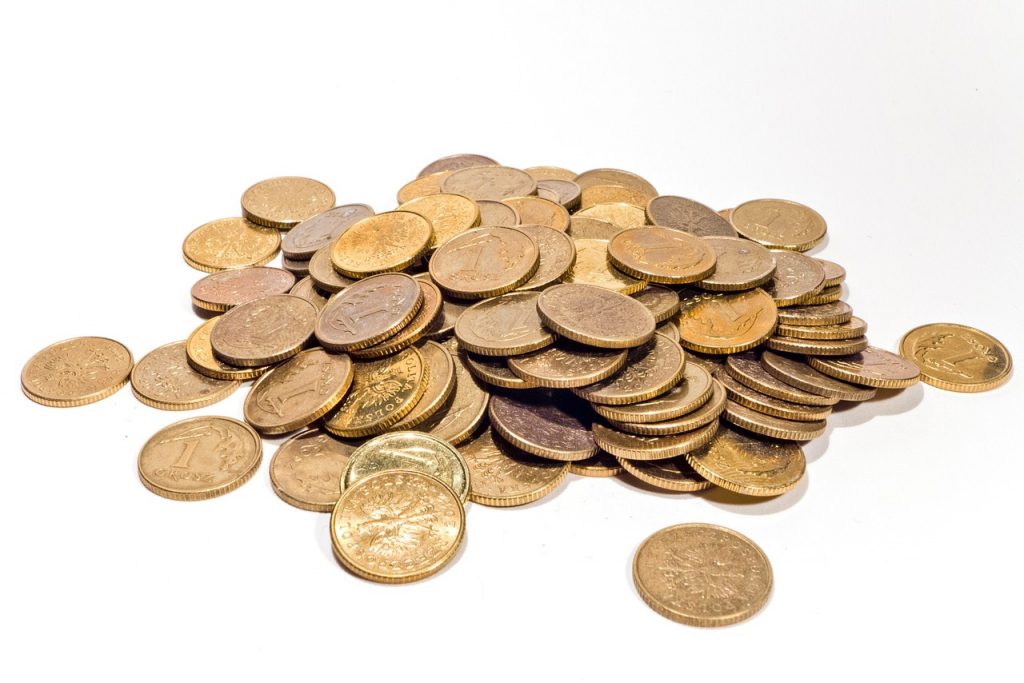A Treasure Trove Of Gold Was Discovered In Norfolk, England
A treasure trove of gold coins was unearthed in Norfolk, England.
This article is more than 2 years old

In what amounts to the largest hoard of Anglo-Saxon gold coins to be found in England has been declared treasure. This declaration came after an inquest at Norfolk Coroner’s Court in Norwich concerning 131 gold coins, most of which were Frankish tremisses, and four other gold objects that were unearthed by metal detectorists in a field in west Norfolk.
The treasure hunters found the treasure from a 2014 to 2020 timeframe. Most of the treasure was found by one metal detectorist, who wishes to remain anonymous, in one field whose landowner also requests anonymity so the fields’ exact location stays a mystery.
The coins were buried around 1,400 years ago during a time when England was not yet a unified nation and its lands were divided into smaller kingdoms. The Norfolk Castle Museum is hoping to acquire this all-important find.
As significant a find as it is, there is a bit of untoward history surrounding it. While most of the treasure was unearthed by one treasure hunter, then-police officer David Cockle was given permission to also treasure hunt in the field, had unearthed 10 gold coins as well. But Cockle decided to try to skirt the law by not declaring his find, instead, trying to sell the coins.
Cockle had first entered into a contract with the landowner, their deal stating that Cockle would split any proceeds right down the middle, but he failed to reveal his gold findings to the landowner. Cockle instead sold the coins for £1,500 (around $2,000 US) each.
During his sentencing, Judge Rupert Overbury said that Cockle’s motivation amounted to one thing – “pure greed.” Cockle had already admitted his guilt to the theft and sale at a previous hearing. Cockle received three counts of converting criminal property and Overbury sentenced him to 16 months in jail. All this took place in 2017, so when Cockle was released, he was also banned from metal detecting for five years, he was banned from owning any metal detecting equipment and Overbury also banned Cockle from entering into any agreements with landowners to metal detect on their land.

Of the recent findings, Gareth Williams, the British Museum’s curator of early medieval coins, said via the BBC that this “hugely important find is the largest coin hoard of the period known to date.” The first coin was found in the area in 1991, but it wasn’t until 2014 that more coins came to be known.
Most of the coins were from the Merovingian kingdom, though some were minted in the Byzantine empire. Norfolk Historic Environment Service numismatist Adrian Marsden said, “All the coins were minted on the continent, as we didn’t have gold coins of our own then.”
On top of the 131 gold coins, the treasure hunter also unearthed a gold bar, a stamped gold pendant, and two other pieces of gold. The find dates back to the same era as the famous Sutton Hoo ship burial in Suffolk that was first written about in a novel titled The Dig and then made into a movie of the same name.
Sutton Hoo was an estate owned by Edith Pretty who, after a youth filled with excavations and archeology, decided to start her own on her property. She brought in Basil Brown, among others, and over the period of two summers, unearthed one of the greatest archeological discoveries of all time. The pieces they uncovered were virtually priceless, but the crown jewel of the find was the ship itself.
What made this find even more noteworthy was the fact that Edith Pretty was declared to be the sole owner of the entire collection as it was discovered on her property. But what turned out to be a most amazing act of generosity, Edith Pretty decided to gift the entire collection to the nation. She declined any award for her gifting and the Sutton Hoo remains on display in the British Museum.
As the new gold coins were found over a period of time and scattered across the field, it is presumed that the treasure was being built up by a person or persons moving around the Merovingian kingdom. It is also presumed that since the gold coins and pieces were found near an Anglo-Saxon cemetery, that the treasure could have been buried in a burial but then scattered by centuries of plowing.
This new find tops the previous largest Anglo-Saxon gold coin hoard of 101 coins that were found in 1828 at Crondall in Hampshire.



